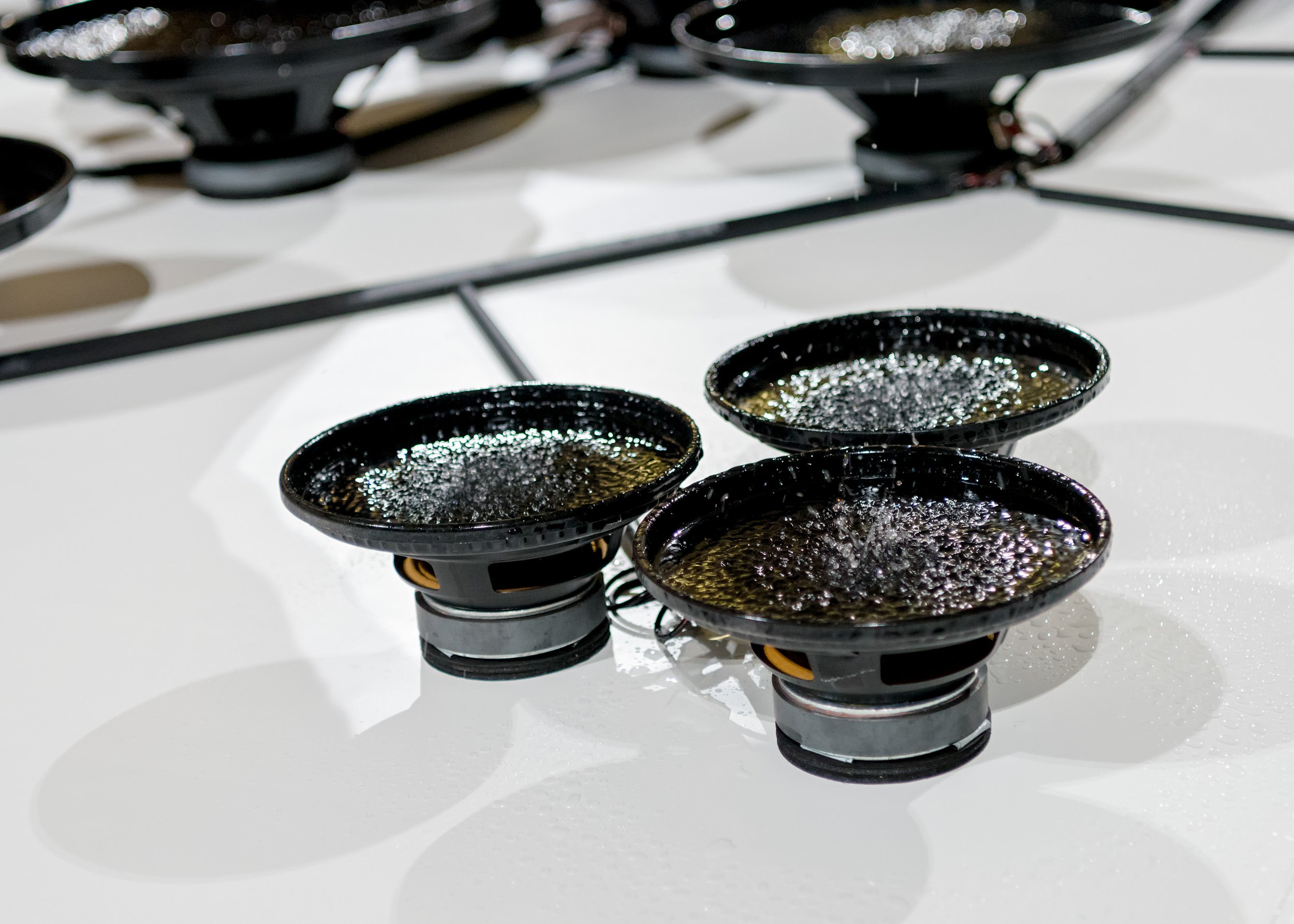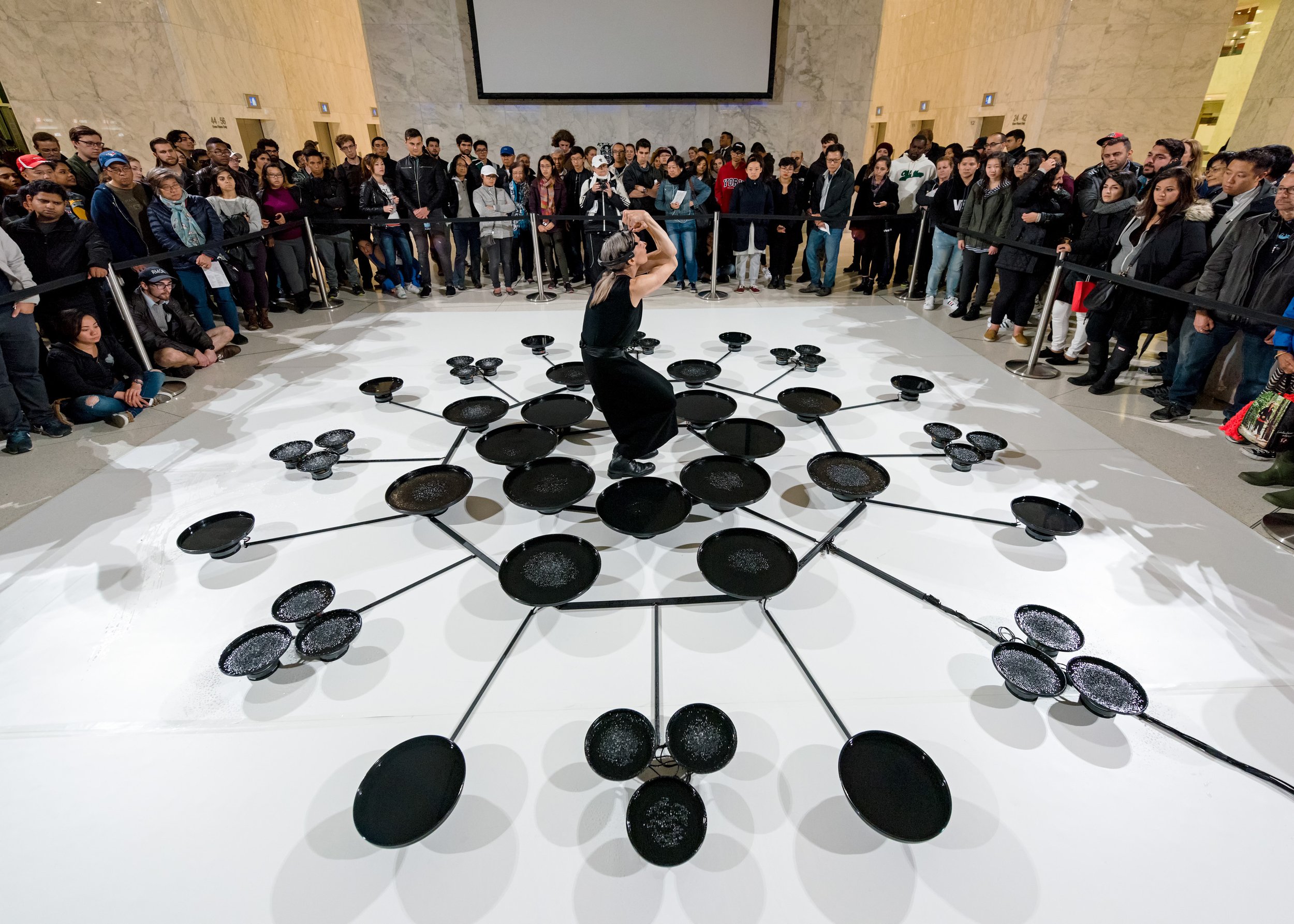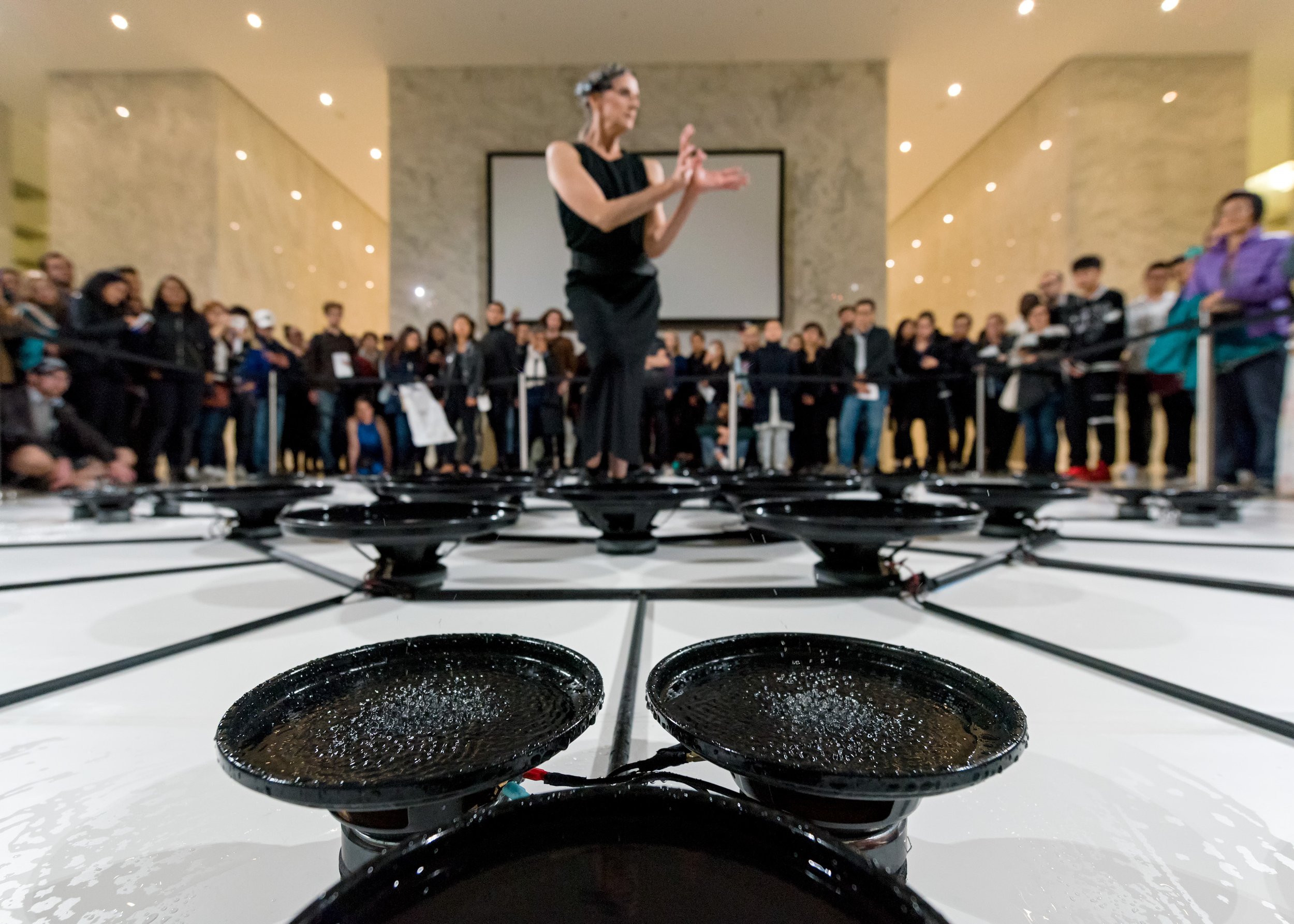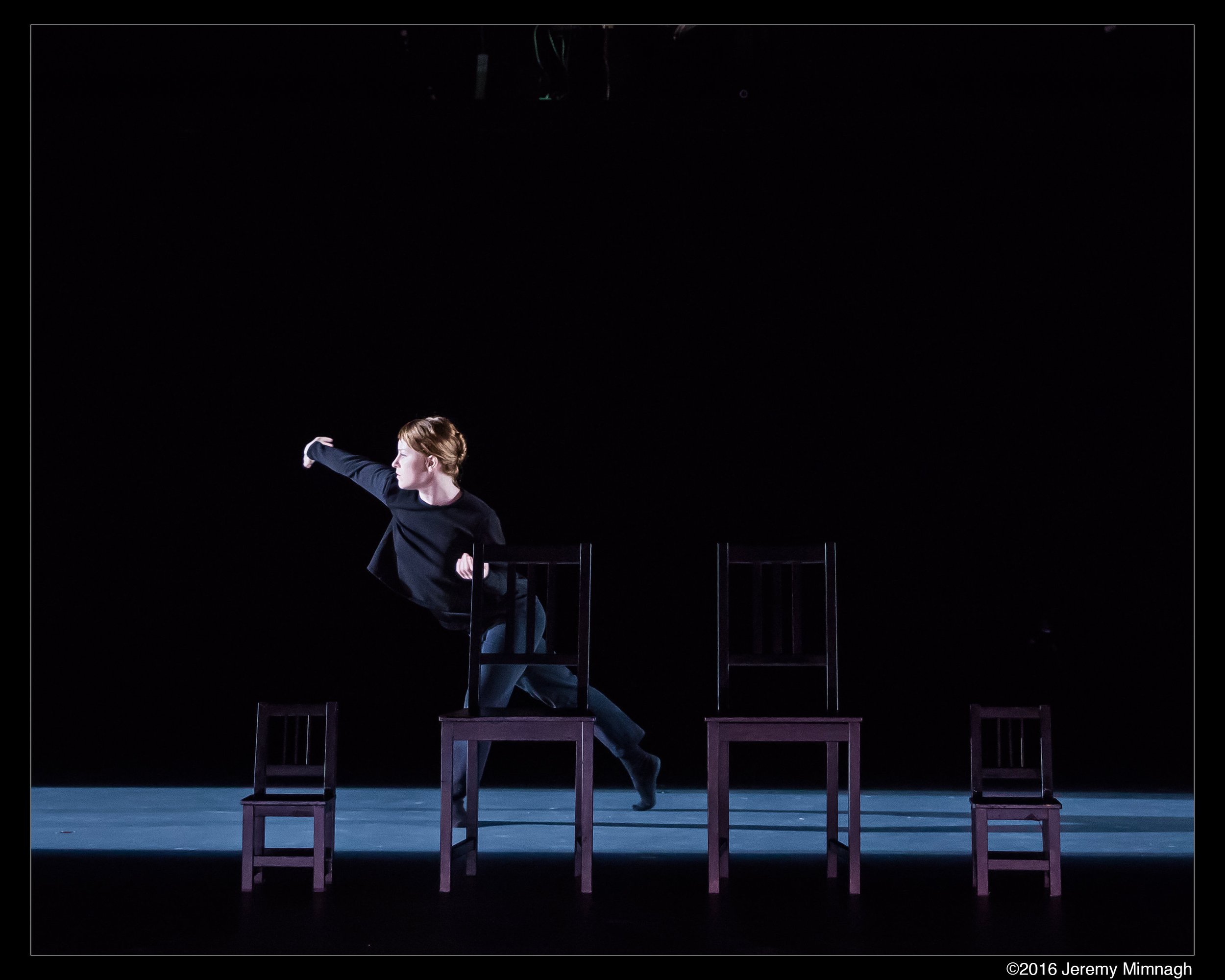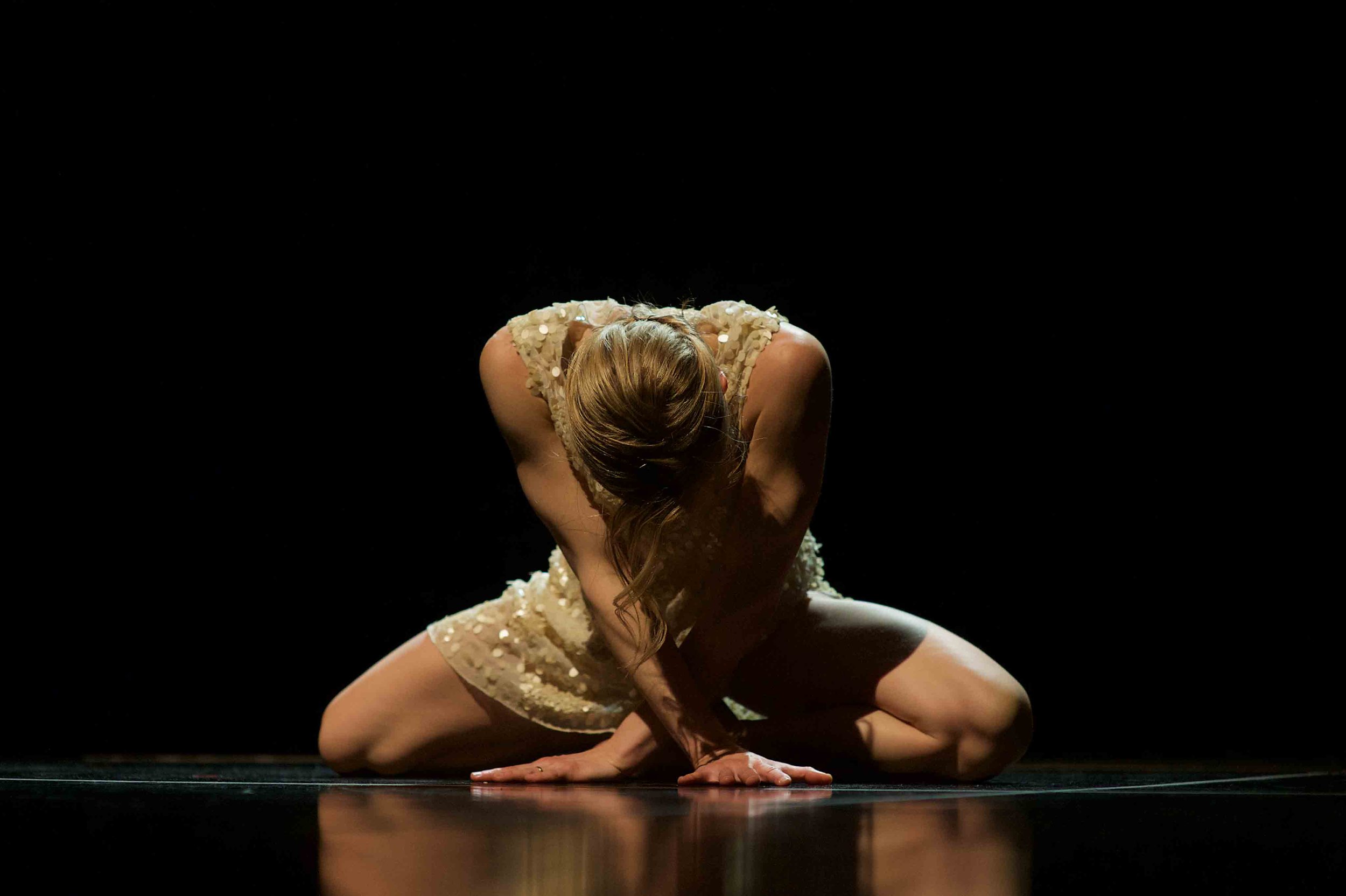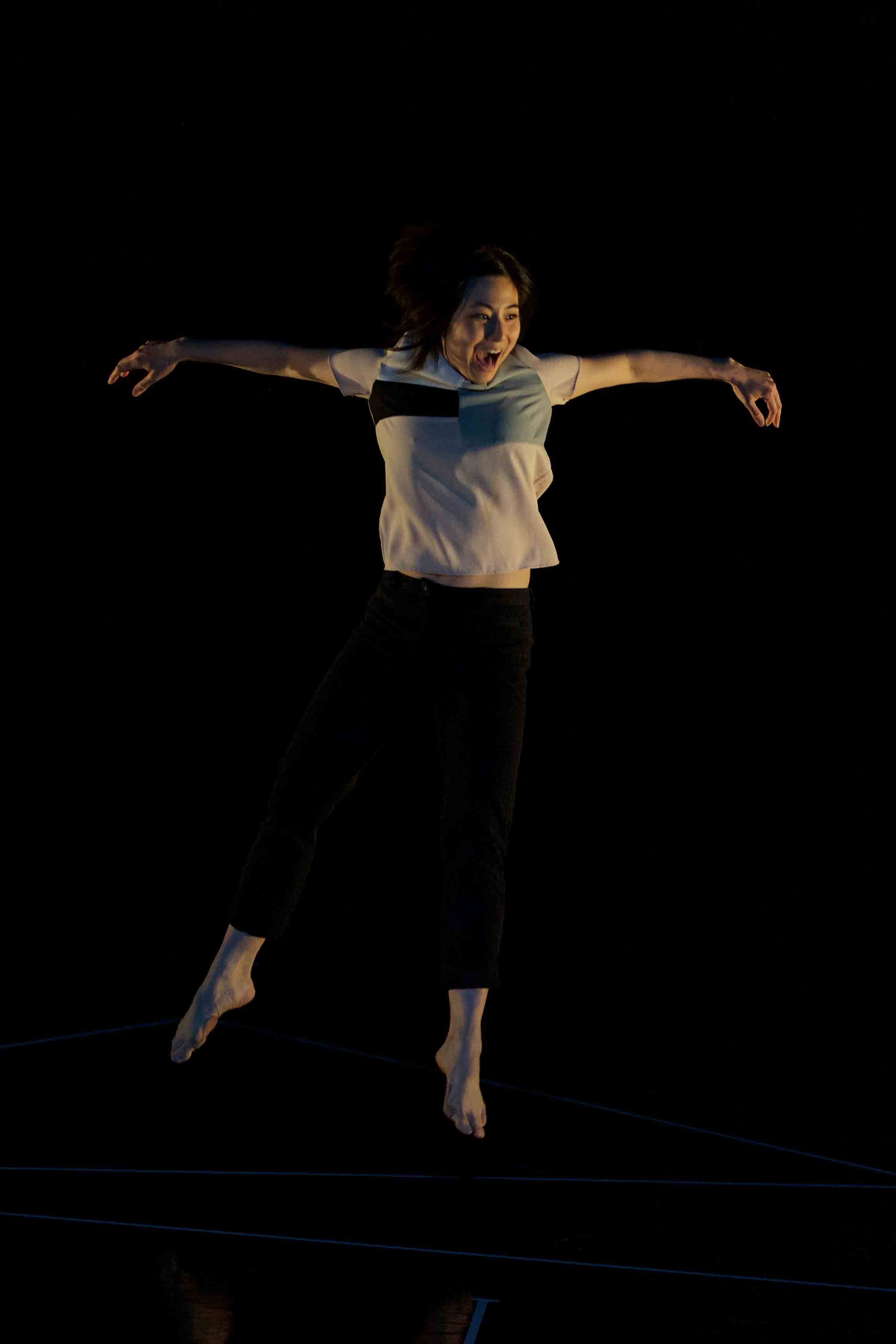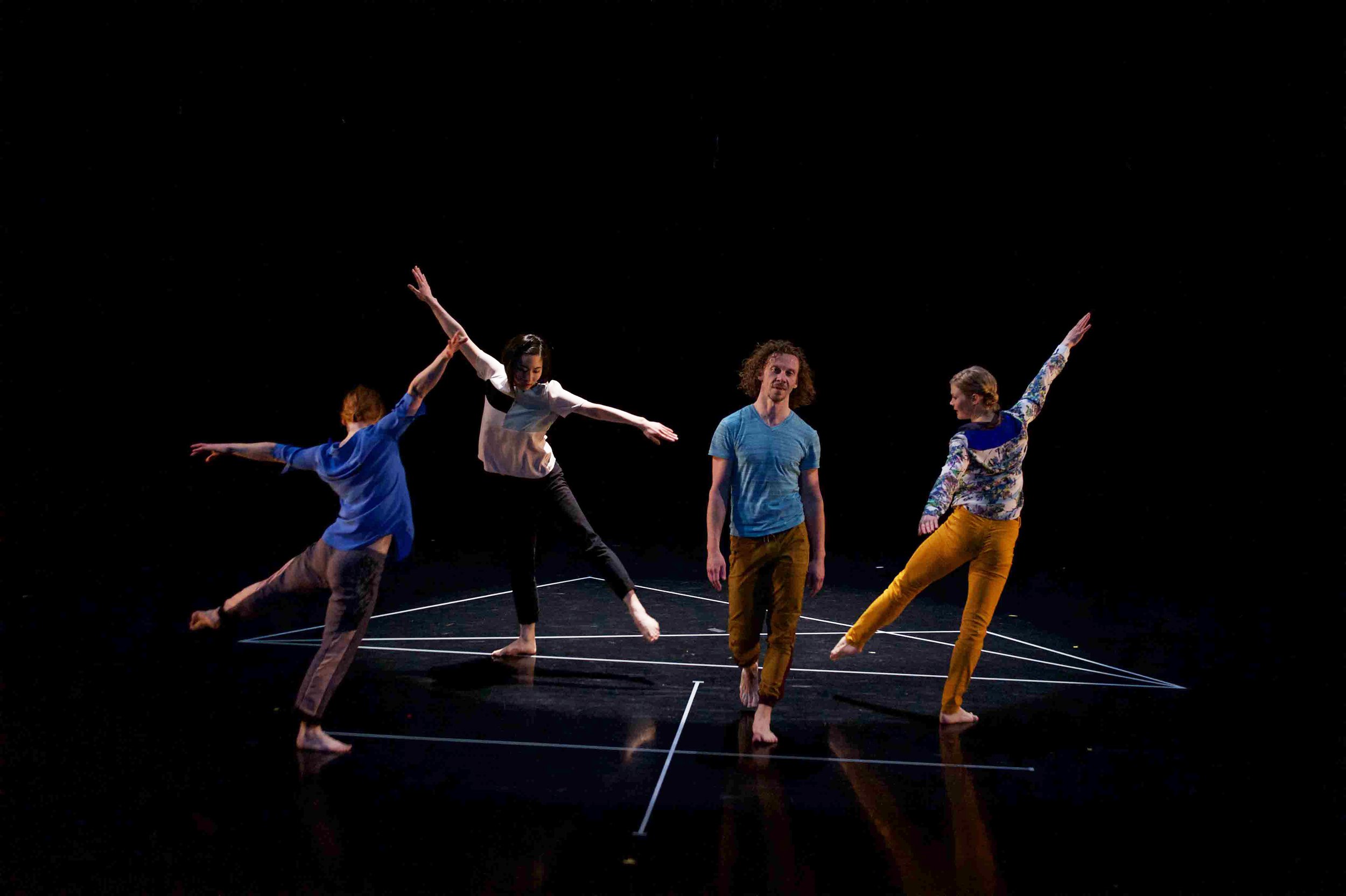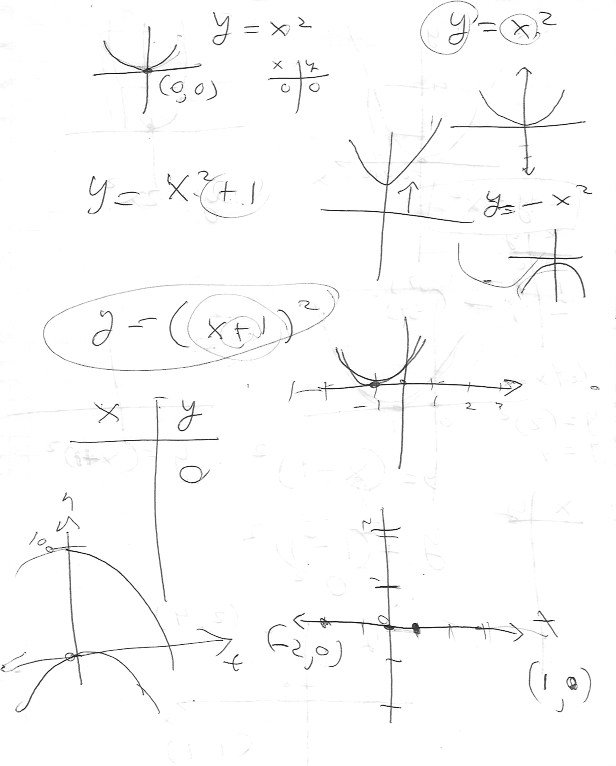Eunoia II (2016)
/After creating and self-presenting 4 durational works for Nuit Blanche, it was a wonderful surprise for Peggy to be invited to animate an interactive sound sculpture by Korean American creator Lisa Park for an official presentation as part of Nuit Blanche 2016. The work was part of the series And The Transformation Reveals, curated by Camille Hong Xin. Peggy writes:
Ms. Park creates visually stunning sculptural installations that often involve monitored biometric elements, such as heart rate and skin temperature, which initiate a change in vibration, sound, and/or colour within the work. A brief trip to New York allowed me to meet Lisa by visiting her in a communal artist-in-residence space at The New Museum in Lower Manhattan, just a few blocks from the street where I had lived in the 1980s. Lisa met me in the main foyer, and, flashing her ID lanyard to the security guard to take us beyond public access, she led to me an elevator from which we emerged into a buzzing hive of creation! In a huge room taking up what looked like the entire floor of the building, light flooded into a space with massive tables where an army of artists were at work. It was completely thrilling to enter this rarified world and to spend the next few hours with Lisa, learning about Eunoia II, the extraordinary piece on which we would be working together.
Eunoia II involves a series of shallow pans – basically speakers holding water – attached via a series of spokes very close to the floor. The individual activating the sculpture (in this case, me) is positioned at the centre of this array, wearing a headpiece equipped with sensors that read their brain waves.
I created a choreographic score for myself that involved rotating clockwise or counter clockwise while performing a list of 25 gestures in accumulating chains of varying lengths, ultimately getting longer (1 to 4, 1 to 3, 1 to 9, 1 to 4, 1 to 16, 1 to 5, 1 to 25) and then getting shorter ( 17 to 25, 10 to 16, 5 to 9, 1 to 4) the idea being that the simplicity of some chains of movement and the complexity of others would shift my brain waves so that there were peaks and lulls in neural activity. My brainwaves were transmitted into the sculpture creating vibration of the water in the shallow pans as well as emitting sound.
With her sculpture installed in the grand main floor foyer of First Canadian Place, Lisa managed the technology, wiring me up in my headpiece for each performance, and watching me, and also the spectators, keenly, throughout each of the 15-minute performances offered, once an hour from 7pm to 2am.
For Facebook users, you can view a brief video from Lisa Park shot during one of Peggy’s performances as part of Nuit Blanche 2016.
All photos courtesy of the City of Toronto.







